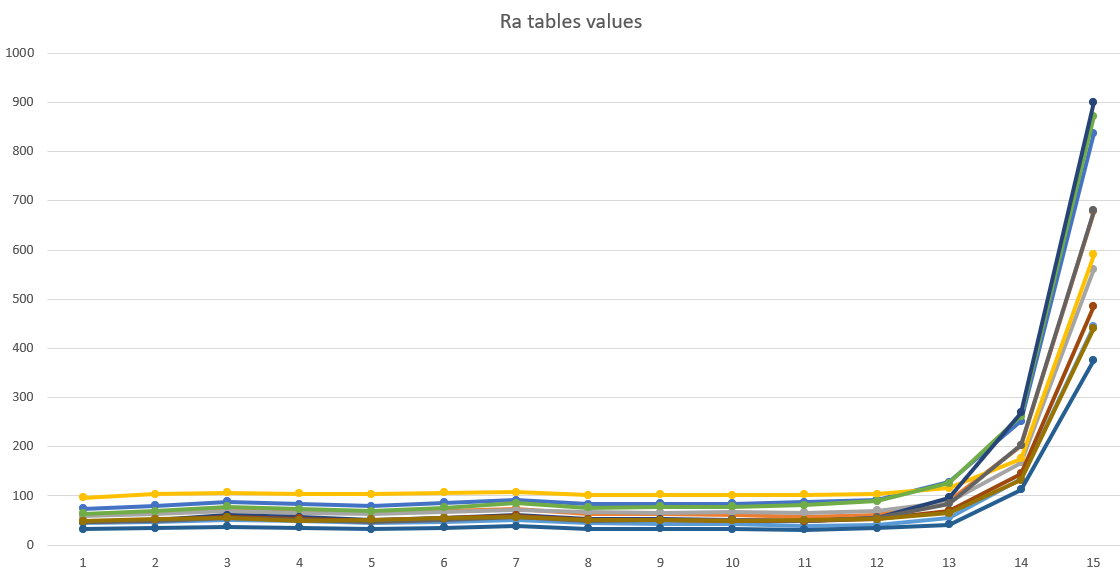Hi,
I have been doing 10 golden images for different batteries we can use in our products. All batteries are LiFePO4 batteries from the same manufacturer, 5 of them are 4SNP (12.8V nominal voltage) and the 5 other are 8SNP (25.6V nominal voltage) otherwise only the capacity is changing (from 27Ah to 96Ah).
I thus have all the gg.csv files exported after the learning cycle that I used to generate the golden images files.
However I now realize that the calibration data I used for these learning cycles were not optimum and I would like to modify them to increase precision.
As you can guess performing again these 10 learning cycles is not an option
Is it possible to modify (slightly, let say +/-5%) the calibration values in the gg.csv file before exporting again the golden image files? What could be the drawbacks of this method?
Looking forward to your insights.
Best regards,
Jeremie


